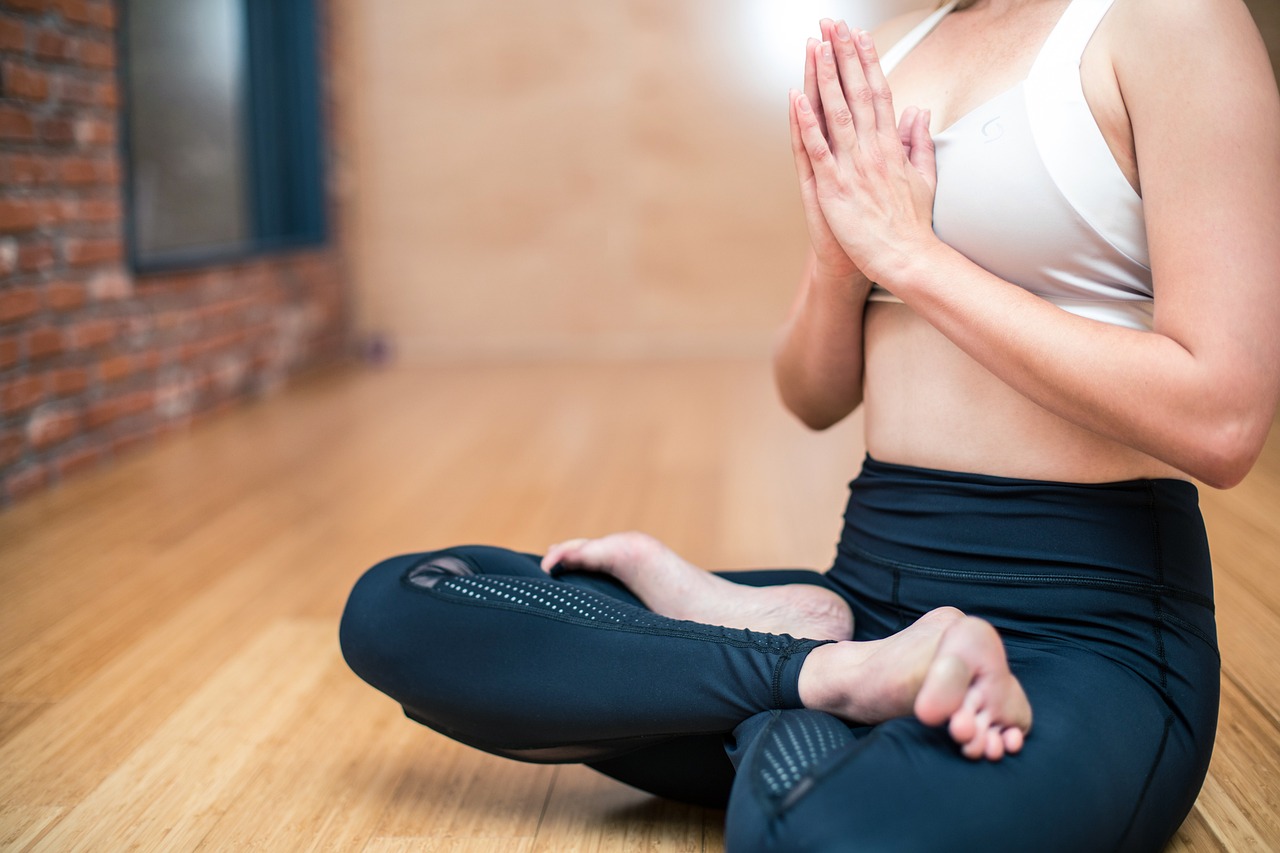Meditation and mindfulness are two related but distinct practices that are often used together for mental and emotional well-being.
Meditation refers to a variety of techniques that involve focusing the mind on a particular object, such as the breath, a mantra, or a visualization. The goal of meditation is to achieve a state of calmness and inner peace, and to train the mind to be more focused and less reactive.
Mindfulness, on the other hand, is a specific type of meditation that involves paying attention to the present moment, without judgment. Mindfulness can be practiced in many different ways, such as through mindful breathing, mindful eating, or mindful walking. The goal of mindfulness is to develop greater awareness and acceptance of one’s thoughts, feelings, and surroundings, which can help to reduce stress, anxiety, and other negative emotions.
In short, meditation is a broader category of practices that includes mindfulness, while mindfulness is a specific type of meditation that focuses on being present and non-judgmental.
In addition to the differences in focus, there are also some differences in the way that meditation and mindfulness are practiced.
Meditation typically involves finding a quiet and comfortable place to sit, closing the eyes, and focusing the attention on the chosen object. The goal is to maintain focus for a period of time, often starting with just a few minutes and gradually increasing over time.
Mindfulness, on the other hand, can be practiced anywhere, at any time, and with any activity. It involves paying attention to the present moment, without judgment, and being fully engaged in the activity at hand. For example, practicing mindful breathing while standing in line, or practicing mindful listening during a conversation.
Both meditation and mindfulness have been shown to have numerous benefits for mental and emotional health, including reducing stress, anxiety, and depression, improving focus and attention, and increasing feelings of well-being and happiness.
It’s important to note that while meditation and mindfulness are often used together, they are not the only ways to cultivate a greater sense of calmness, inner peace, and self-awareness. Other practices such as yoga, tai chi, and journaling can also be effective tools for improving mental and emotional well-being.












